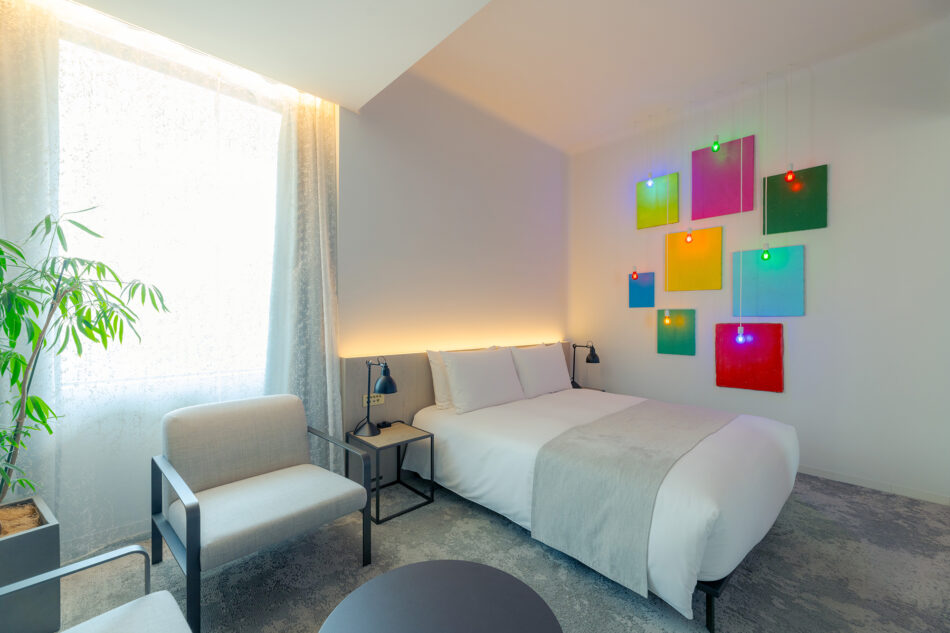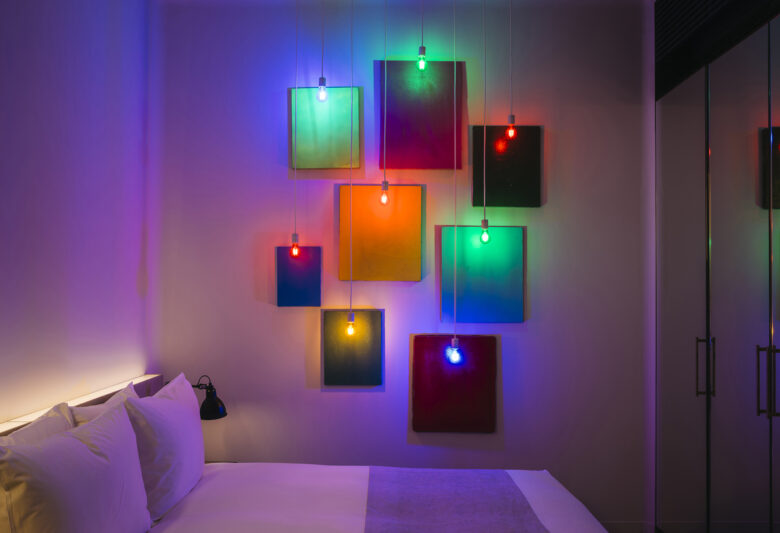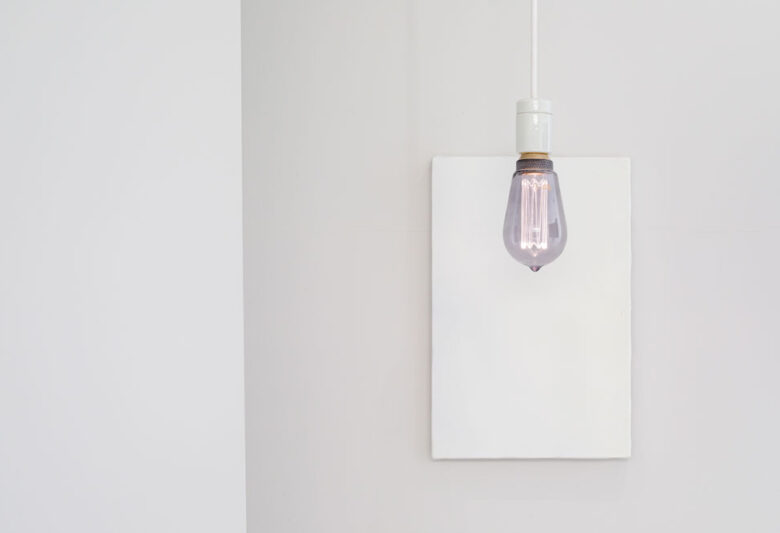ROOM 05 KENZO ONODA

- Tabe of Contents
Nothing but flowers


Kenzo Onoda was born in Maebashi, Gunma Prefecture, in 1961. He studied acoustics in the Art Planning Department of Osaka University of Arts, but withdrew before completion. Onoda began his career as an artist after entering his forties. Before that, he worked as an engineer at a Japanese telecom company NTT for many years,gaining technical knowledge of acoustics and computer systems that greatly influenced his later artworks.
His major group exhibitions include PARKHAUS (Kunsthalle, Düsseldorf, 2008), Stillness into Color: Inframince of Moonlight (Kawamura Memorial DIC Museum of Art, Chiba, 2009), and The Flower with the Color of Wind: Dialogues for the Future (Arts Maebashi, Gunma, 2013). His major solo exhibitions include Hotel Tokyo (gallery coexist-tokyo, 2016) and Here, There and Everywhere (Dimensions Art Center, China, 2020). Onoda describes his work as “minimalism”, and in its probing of human perceptions through the smallest possible movements of sound and colour it also shows the influence of John Cage.
Among Onoda’s oeuvre, this work in particular urges the viewer to reconsider how they look at paintings. Canvas is the most standard medium in the context of Western art history. Some of these eight canvases were hung on the walls of the former Shiroiya Ryokan. Two generations ago, the Shiroiya’s proprietress made the ryokan the epicentre of Maebashi’s cultural scene, hosting intellectuals and cultural figures. She was also an artist herself, painting European landscapes in oils from photographs and postcards.
In light of the ryokan’s renovation into a hotel, Onoda reused these oil paintings, painting new colour surfaces over the original images using Liquitex spray.The images originally painted on the canvas become more abstract and reveal ambiguous colours when reflecting fluorescent light. Onoda has presented work that combines canvas and light bulbs periodically since 2010, but with these he offers an interpretation of the passage of time from the former Shiroiya Ryokan to the current Shiroiya Hotel, represented in the transition from figurative to abstract painting.

